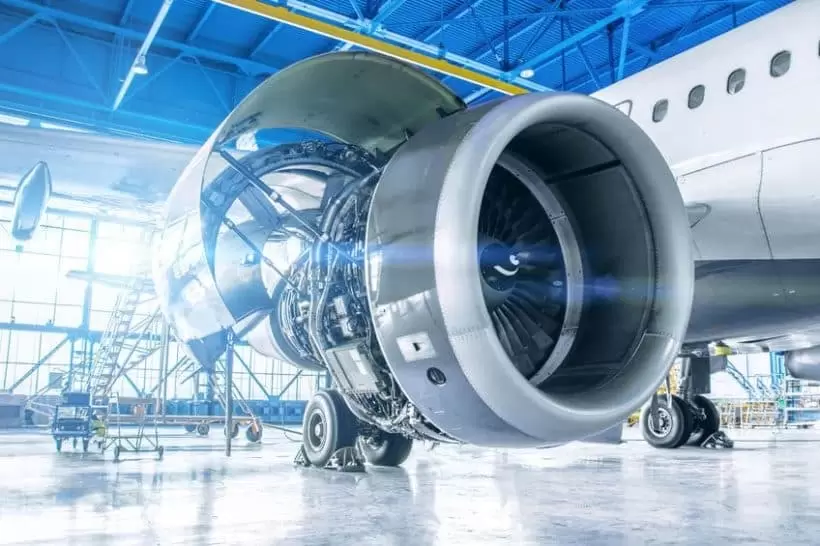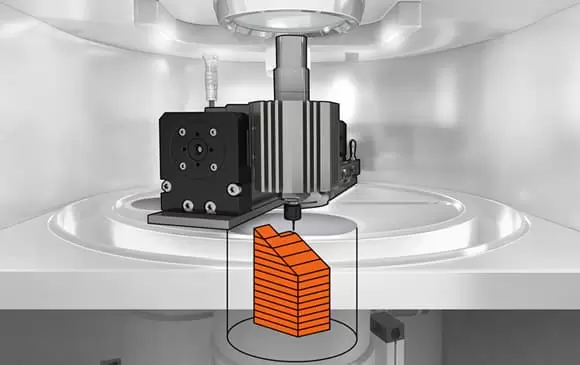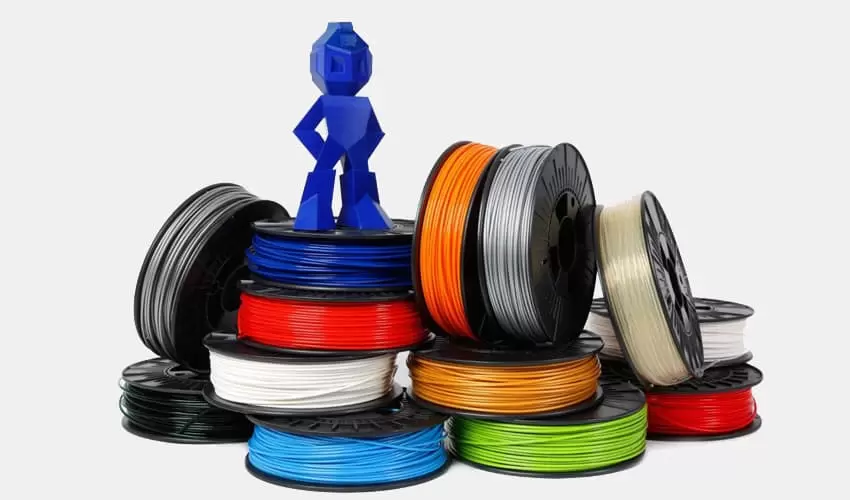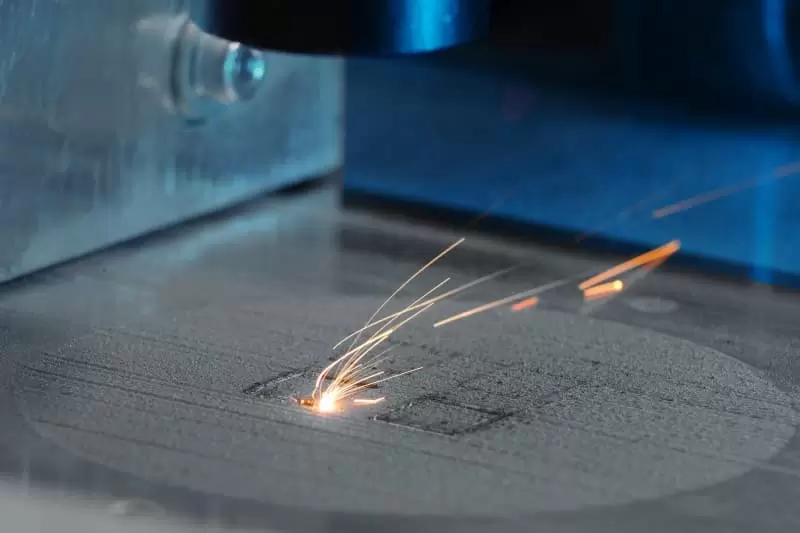Table of Contents:
- Introduction
- Components of Die Casting Machines
- Die Casting Processes
- Applications of Die Casting Machines
- Common Defects and Troubleshooting
- Maintenance and Best Practices
- Conclusion
-
1. Introduction
Die casting machines are essential tools in modern manufacturing that enable the mass-production of high-quality metal castings with consistent accuracy and surface finish. In this guide, we will explore various aspects of die casting machines, including their components, processes, applications, and maintenance.
- Definition and Overview:Die casting machine is a manufacturing tool that uses high pressure to force molten metal into a reusable die mold to create complex and accurate metal parts. Die casting machines have revolutionized the manufacturing industry by allowing for mass production of precise, high-quality metal components that meet strict industry standards.
- Brief History:The die casting process originated in the mid-1800s, when it was first used for the production of printing presses. The first die casting machines were hand-operated and used low-pressure techniques to cast parts. The use of high-pressure techniques was introduced in 1914, allowing for higher precision and accuracy in castings. The development of new alloys and advancements in technology have led to further improvements in the die casting process. Today, die casting machines play a vital role in various industries such as aerospace, automotive, and consumer goods manufacturing.
-
2. Components of Die Casting Machines
Die casting machines consist of three primary components: the injection unit, the clamping unit, and the die assembly. Let’s take a look at each component in detail:
- Injection Unit:The injection unit is responsible for melting and injecting the molten metal into the die. It is made up of a furnace, a gooseneck, and a nozzle. The furnace heats the metal to a specific temperature, and the gooseneck transports the molten metal to the nozzle. The nozzle then injects the molten metal into the die at a high pressure.
- Clamping Unit:The clamping unit holds the die shut during the injection process to ensure a consistent and accurate casting. It consists of two halves: the fixed half and the moving half. The fixed half is bolted to the machine base, while the moving half is attached to the machine’s platen. The two halves come together to create a sealed cavity, which is where the metal is injected.
- Die Assembly:The die assembly is where the molten metal is injected, and the casting is formed. It consists of two die halves: the cover die and the ejector die. The cover die forms the top half of the casting, while the ejector die forms the bottom half. After the casting is solidified, the ejector die pushes the casting out of the die and into the ejection system.
These three components work together to create the die casting process, allowing for the mass production of high-quality metal castings in various industries.
-
3. Die Casting Processes
There are different types of die casting processes, each with unique features and advantages. Let’s take a look at some of the most common die casting processes:
- High-Pressure Die Casting:High-pressure die casting is the most common type of die casting process. In this process, molten metal is injected into the die cavity at a high pressure, between 10,000 and 30,000 psi. This process is fast and efficient and is used to produce small to medium-sized parts with high accuracy and surface finish.
- Low-Pressure Die Casting:Low-pressure die casting is similar to high-pressure die casting, but molds are used to create a pressurized chamber. Molten metal is then poured into the chamber, which is slowly pressurized to fill the mold. This process is less expensive than high-pressure die casting and is used mainly for large parts with complex designs.
- Gravity Die Casting:Gravity die casting, or permanent mold casting, relies on gravity to fill the mold with molten metal. In this process, the mold is made of steel or iron and is designed to create the desired shape of the casting. The molten metal is poured into the top of the mold and is allowed to cool and solidify. This process is used mainly for large parts and can produce high-quality castings with low porosity.
Each of these die casting processes has its advantages and limitations, and the selection of the process depends on factors such as the size and complexity of the part, the desired surface finish, and the production volume.
If you need about Metal Die Casting Services,You can click on the V1 Prototype website to find it.
-
4. Applications of Die Casting Machines
Die casting machines have a wide range of applications across various industries. Here are some of the most common industries that use die casting machines:
- Automotive Industry:The automotive industry is one of the largest users of die casting machines. This industry depends on die casting machines to produce complex, high-strength parts such as engine blocks, transmission housings, and brake components. These parts must meet strict standards for strength, durability, and precision.
- Aerospace Industry:The aerospace industry also relies heavily on die casting machines to produce critical parts for aircraft and spacecraft. Die casting machines are used to produce parts such as engine components, landing gear components, and airframe parts. These parts must meet high standards for weight reduction, strength, and corrosion resistance.
- Consumer Goods Industry:The consumer goods industry uses die casting machines to produce a wide range of products such as toys, kitchen appliances, and electronic devices. Die casting machines enable the production of high-quality, intricate designs that are not possible with other manufacturing techniques.
- Industrial Machinery Industry:The industrial machinery industry uses die casting machines to produce a variety of parts, such as pumps, gearboxes, and valves. These parts must meet high standards for strength, durability, and precision. Die casting machines enable the mass production of these parts with consistent quality and accuracy.
These are just a few examples of the many industries that rely on die casting machines for their manufacturing needs. The versatility of die casting machines makes them a valuable tool in the modern manufacturing industry.
-
5. Common Defects and Troubleshooting
Even with the use of advanced die casting machines, defects can occur during the manufacturing process. Here are some common casting defects and ways to troubleshoot them:
- Porosity:Porosity is a common defect that occurs due to trapped gas or air in the metal during the solidification process. This defect can weaken the casting and cause it to fail. To troubleshoot porosity, operators can increase the injection pressure, purge the metal before injection, or use degassing agents to remove gases from the metal before injection.
- Surface Defects:Surface defects can occur due to mold issues or metal flow problems during the casting process. These defects can affect the appearance and functionality of the casting. To troubleshoot surface defects, operators can adjust the mold temperature, optimize the gating system, or adjust the injection speed to improve metal flow.
- Flashing:Flashing occurs when excess metal is squeezed out of the mold during the casting process, resulting in a thin metal protrusion on the edge of the part. To troubleshoot flashing, operators can adjust the clamping force, lower the temperature of the metal, or modify the mold design to prevent metal from escaping.
By troubleshooting these common defects, operators can improve the quality and consistency of the castings produced by die casting machines. It is important to identify and fix defects as soon as possible to avoid costly delays and rework.
-
6. Maintenance and Best Practices
Regular maintenance of die casting machines is essential for ensuring their optimal performance and minimizing downtime. Here are some best maintenance practices and troubleshooting tips:
- Regular Maintenance Checklist:
- Clean and lubricate the machine regularly to prevent corrosion and wear.
- Check the hydraulics system for leaks and damage.
- Inspect the injection and clamping units for wear and damage.
- Check the die assembly for misalignment or damage.
- Replace worn or damaged parts as needed.
- Calibrate the machine to ensure accuracy and precision.
- Troubleshooting Tips
- If the casting is not filling completely, check the gate and runner system for blockages or obstructions.
- If the casting is cracking or splitting, check the mold temperature and injection speed.
- If the casting has porosity, check the metal temperature and injection process.
- If the casting has excess flash, adjust the clamping force and mold temperature.
To troubleshoot effectively, it is important to know the common defects and their root causes. Regular maintenance and troubleshooting can prevent defects and improve the quality of the castings produced by the die casting machine.
By following these maintenance and troubleshooting practices, operators can ensure the longevity and optimal performance of the die casting machines, leading to higher productivity, lower costs, and better quality castings.
-
7.Conclusion
In conclusion, die casting machines are essential tools for modern manufacturing that enable the mass-production of high-quality metal castings with reliable accuracy and surface finish. They are used in various industries, including automotive, aerospace, consumer goods, and industrial machinery, to produce complex and precise parts.
To maintain optimal performance, die casting machines require regular maintenance and troubleshooting. However, with emerging technologies such as 3D printing, simulation software, and AI-powered control, the industry is continuously evolving to improve efficiency and quality.
In a constantly evolving manufacturing industry, die casting machines continue to play a vital role in meeting the demand for lightweight, durable, and high-performance components. By leveraging these advanced technologies and maintaining best practices, die casting machines remain the key to producing quality castings in modern manufacturing.




